Photography like any other art form has different types.
Every type of photography has varying subject matter, different equipment, and personal techniques.
These types include landscape photography, fashion photography, wedding photography, food photography, silhouette photography, and many more.
Some photographers prefer to extend their portfolios by pursuing multiple types of photography.
There are more than 70+ types of photography today. One of them is silhouette photography.
So let’s understand more about Silhouette photography…
What is Silhouette Photography?
What is Silhouette Photography??? Silhouette photography shows the dark outlines of the subject in front of contrasting, bright scenes.
In silhouette photography, the subject needs to be backlit (in other words, the sun needs to be behind the subject), and shoot the subject so that he or she is completely dark.
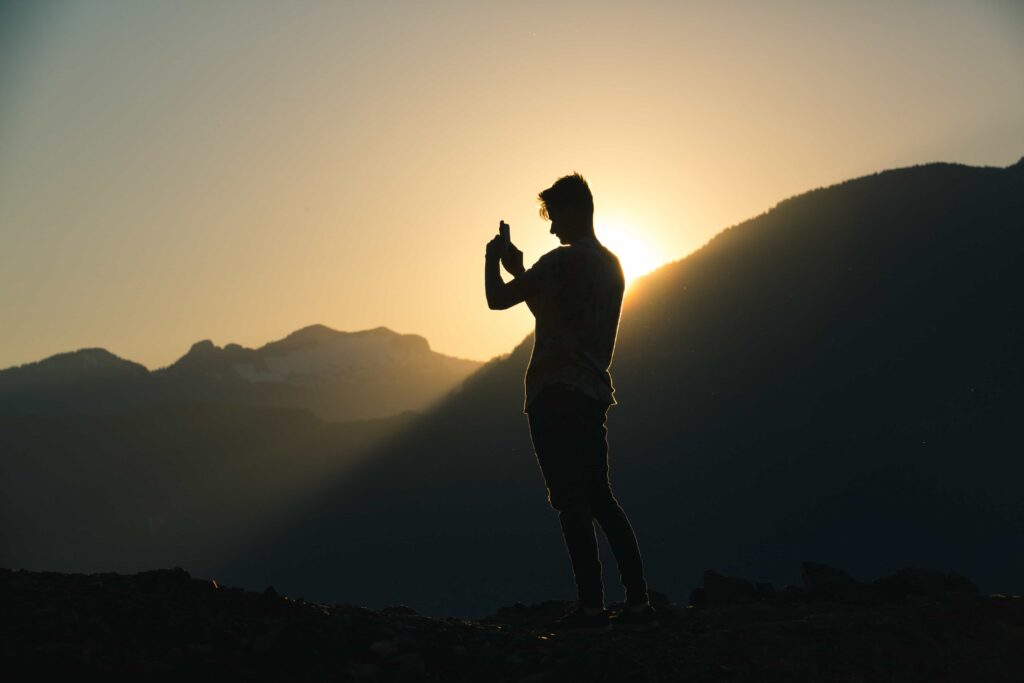
Photo by Maxim Medvedev on Unsplash
The silhouette was not always a form of photography they started as cuttings.
The art of silhouette cutting originated in Europe in the early 1700s.
Before the French Revolution, silhouettists were hired as an amusement for the royal class.
The featured artist would attend the extravagant balls and cut out the distinguished profiles of the Lords and Ladies capturing the latest fashions and elaborate wigs.
The art of silhouette cutting reached its “golden age” in the 1800s.
Many European silhouettists immigrated and became famous and rich, catering to American politicians and the wealthy.
Others traveled to county fairs and small towns capturing the profiles and the hearts of countless thousands of ordinary folk.
Silhouettes remain as popular today as ever.
They have become one of the most collectable art forms.
A silhouette is a solid, dark image of a subject against a brighter background.
In the beginning, they were cuttings.
Later silhouettes advanced as a form of painting and now they can also be seen as a form of photography.
The silhouette is a famous form of photography today.
It is also one of the more famous forms of portraits. They have become popular in recent years.
They are a way to convey drama, mystery, and emotions. They stand out for their simplicity and for the story that they convey.
Tips to Improve Silhouette Photography
Some serious tips to improve your silhouette photography as a photographer are listed below…
- Best Time To Capture Authentic Silhouette Photography
- Capture Movements
- Shoot In Manual
- Avoid Using Flash
- Take Pictures From A Low Angle
These will help you perfect and make your silhouettes more beautiful and eye-catching.
Tip 1. Best Time to Capture Authentic Silhouette Photography
To capture an authentic silhouette the background should be brighter than your subject.

Photo by Aron Visuals on Unsplash
The best times of day to get that type of light are either at the beginning or the end of the day.
The best time to shoot a silhouette is when the sun is low in the sky, either rising or setting.
Sunsets are considered the best time to click silhouettes.
The sunset colours in the background can give the silhouette more definition.
As long as the light source is behind the subject, it can create a silhouette when you take a picture.
You can also shoot silhouettes indoors, you can use artificial sources of light to create the same effect.
Tip 2. Capture Movements
Most of the silhouettes you see are mainly models posing but you can also capture the ones that show movement.
To capture the movements in your silhouettes the shutter speed will have to be fast to capture the short and unique moments.
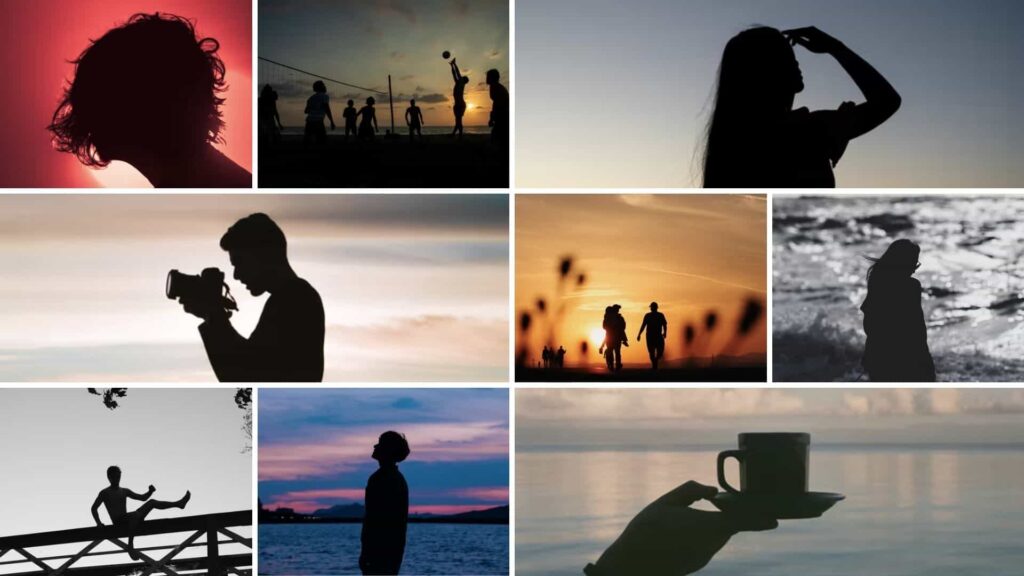
You can capture many moments this way like a child jumping from a dune, a child swinging at the park, etc.
Burst mode is a tool that allows you to capture the exact right moment.
You can use this tool for more precision.
Tip 3. Shoot in Manual
To get a flawless silhouette, you can shoot manually.

It allows you to set settings such as aperture, ISO, shutter speed, etc., according to the subject and the space.
You can set your aperture settings (f-stop) to 8.0 or higher.
Easy Way To Know The Real Meaning Of Focal Length In Photography
This can give you a large depth of field so that all of the details are in focus.
It can also reduce the chromatic aberration that often comes with shooting into the sun.
You can also increase the shutter speed to underexpose (i.e. too dark) the subject.
If you increase your shutter speed and your photo is still not dark enough, you can raise it further.
Keep your ISO setting as low as possible.
If you increase the ISO setting too much, your photographs might have too much noise (or grain).
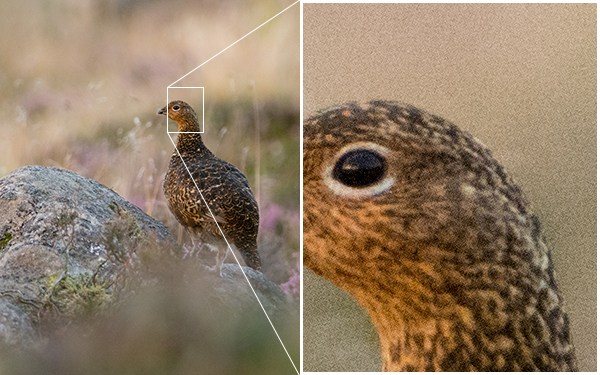
The above are just some suggestions to capture a perfect silhouette.
These settings also depend on the camera you are using.
Stunning Mirrorless Cameras In 2022 | For Every Budget ( Updated )
Tip 4. Don’t use Flash
Using your camera’s flash or an external flash can disrupt the silhouette.
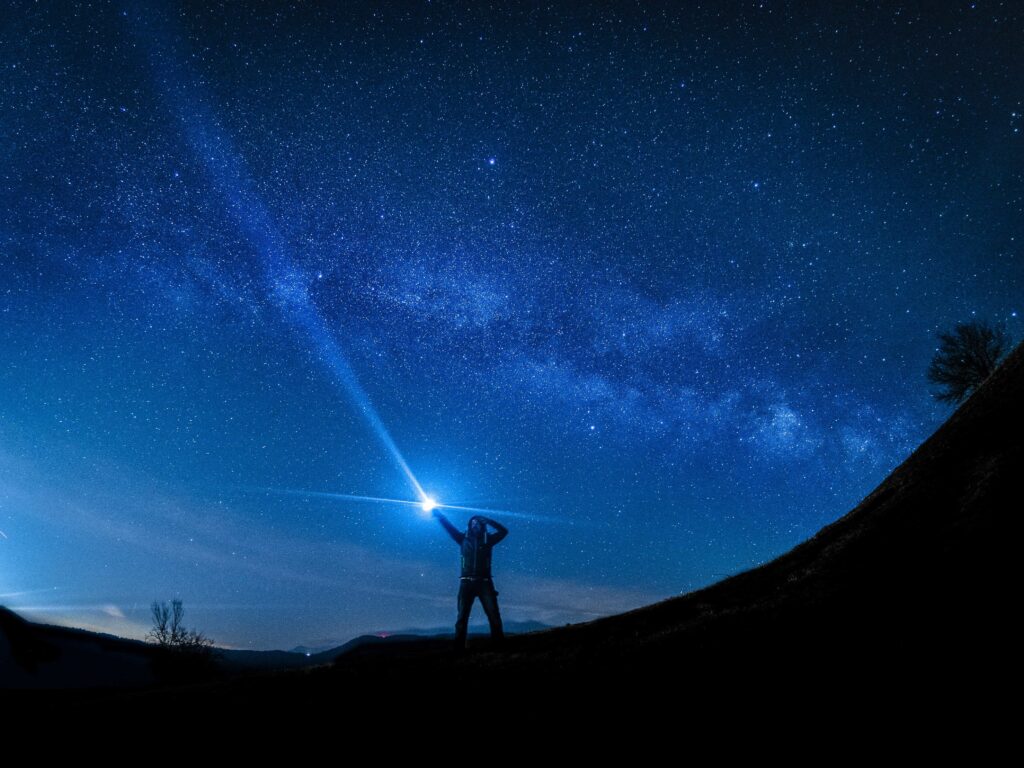
Photo by Lanju Fotografie on Unsplash
If you shoot in automatic mode, your camera may automatically fire the flash.
To make sure this doesn’t happen, switch to P mode (program mode), A mode (aperture priority), S mode (shutter priority), or M mode (manual).
Tip 5. Take pictures from a low angle
Using a low angle can greatly improve your silhouette.
A photo taken at eye level may have a distracting background.
However, a low-angle photograph changes the angle of the shooting and simplifies the background.
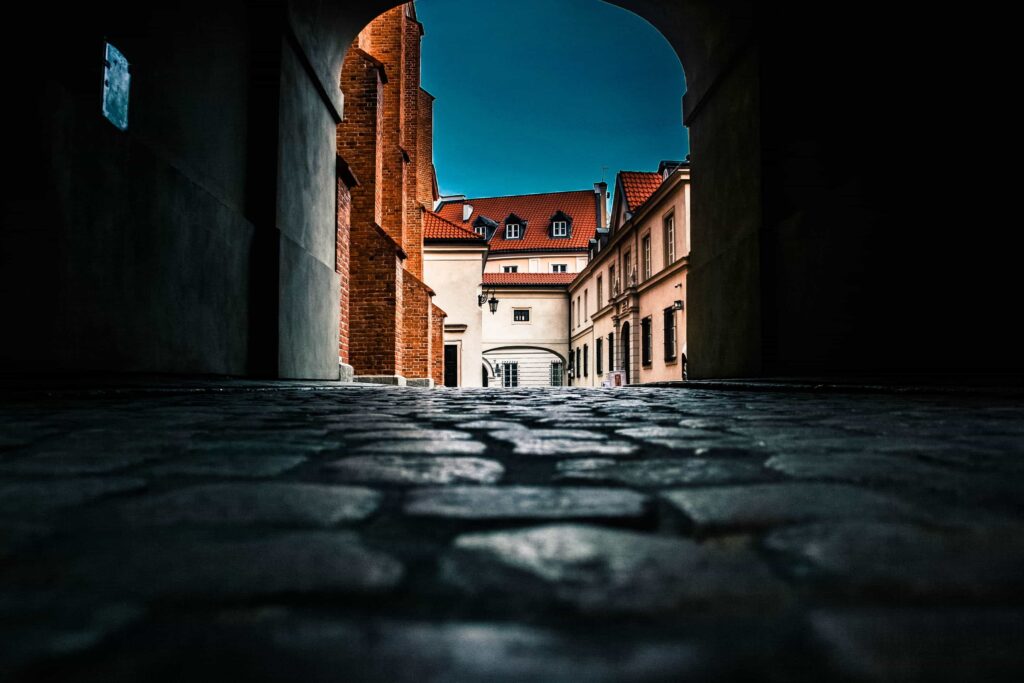
Photo by Kris Cros on Unsplash
This can increase the concentration on the subject resulting in a more defined silhouette.
This way you can draw the viewer’s attention towards the subject.
A low-angle shot can have objects both near and far.
When you bring the camera close to the ground or other low objects, take an extra second to ensure the camera is level.
If your pictures are not interesting or creative enough, then changing the perspective and going low can always help.
Also from a more technical view, the low angle does benefit the picture well.
By using a low angle to create a silhouette, you can make the viewer dwell on the photograph a little longer because of the unique perspective.
Low-angle shots work best with a wider lens, Something from 10-22mm works quite well.
This is one of the best ways to explore and experiment with different ways of capturing your subject.
Final Words
Silhouette Photography is one of the more popular types of photography.
It is a wonderful way to express drama, and emotions in your portraits.
Silhouette is an old art form. They have advanced over the years.
They started as cuttings, then paintings, and now they are used in photography.
Silhouettes are innovative as well as evocative.
They can be a great way to emphasize the setting.
Silhouettes can be captured both in natural and artificial lights.
Understanding light in photography | Natural Vs Artificial Lights
If you want to capture them in natural surroundings, you must know the right time.
You can use apps and websites to know the time for sunset and sunrise.
The main components for taking a silhouette include a strong choice of subject with a defined and recognizable shape.
And getting the right light, making sure that the shapes are distinct and uncluttered, and keeping multiple subjects separate.
Silhouette photography may look tricky and complex but in reality, they are not that difficult to capture.
Some of the mistakes people make are using a flash, wrong positioning of the subject, and many more.
The above article mentions some tips that will make your silhouette photography look great right out of the camera.
So which one is your favourite place to capture better silhouette photographs?

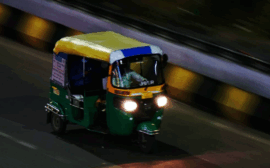
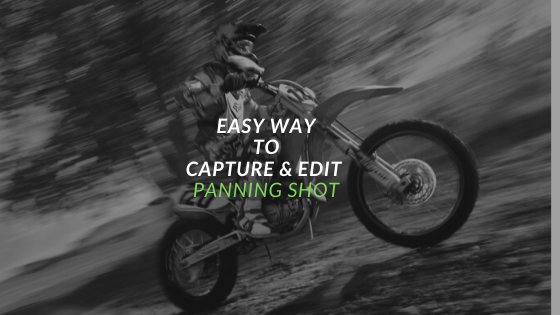

 FREE Guide Revealed!
FREE Guide Revealed! Don't Miss Out The Opportunity To Earn as Photographer in this year :)
Don't Miss Out The Opportunity To Earn as Photographer in this year :)